
it took me a while to figure out exactly why we were going to the coast. i mean, the obvious answer was that it had something to do with post-katrina community rebuilding, but it would have been strange if we were heading down to gulfport for a coalition meeting just because - you know - coalitions are good things, and the coast is a place where stuff is happening. of course, these are reasonable motivations for investigating whether or not an institution has a role to play in a situation as complex as the post-katrina gulf coast, but as we were heading down to the area for what turned out to be three days of nonstop work, it seemed clear that we were in fact playing a role - i was merely as yet unclear as to what it was.
***
the steps coalition grew out of - as far as i understand it - a post-katrina environment that left pre-existing discrepancies in community empowerment exposed and vulnerable. in a sense, identity groups that were marginalized economically and politically before the storm found themselves acutely aware of their marginalization, wary of the top-heavy consequences of rebuilding efforts, and conscious of a unique opportunity to pool resources in efforts to lobby the flood of organizations that came to the coast to provide resources and support.
the winter institute foothold in the coast - as it turned out - was by way of the turkey creek community initiatives (tcci), a environmental and community activism organization centered on a watershed area settled by freedmen after the civil war, and which has been "facing urban sprawl, environmental racism, and political-economic isolation since the arrival of casinos, airport expansion, and municipal annexation in the 1990s." these issues are of course all magnified in a post-katrina rebuilding frenzy that emphasizes eminent domain influenced development - a casino paradise, condos, townhouses, high-end shopping - in an environment wherein homeowners (yes - as we've seen in takeover conflicts in the ninth ward - contrary to middle class prejudices, blacks can be property rights-conscious homeowners) are left with severely battered structures floating on a crippled infrastructure.
tcci - organized in 2003 - realized in the rebuilding crisis after the storm that it was not alone in its concerns for (1) affordable housing, (2) economic justice, (3) environmental justice, (4) human rights, and (5) the preservation of historical communities. in light of this, the tcci director - derrick evans - worked with susan glisson and other organization leaders to build the steps coalition in 2006 - founded as a coalition of organizations dedicated to the five pillars mentioned previously, and representing various constituent groups in the gulf coast region.
***
while i was down with the institute this summer, steps was in the midst of various identity crises. issues with coalition staff, grant competition, organizational charter and services, and so forth seemed to be stewing about the network - surfacing at one point as what i gathered to be an e-mail based personal attack campaign. with this in mind, steps hired a moderator to fly down from princeton to lead the group in dialogue about various sensitive points - with varying degrees of people participating.
the active role of the wwirr staff during all this was to provide miscellaneous support for tcci and the coalition. this involved researching things like: how much it would cost to buy a FEMA trailer and drive it around the country; whether or not tcci could still submit applications for buildings qualified for national historic registry status restoration grants even though it was at the end of the grant cycle; any information about jimmy buffet's margaritaville resort - which look to rezone a significant chunk of a vietnamese neighborhood.
most of my time was spent - as is typical with wwirr excursions at this point - as photographer and tech guy. the crippled condition of the region's infrastructure was made abundantly clear to me upon the news that a recent lightning storm had fried all of tcci's printers, modems, and routers in both of its offices - partly due to the fact that electricity was spread so thin in each of the places that turning on an air conditioner would certainly make things flicker and most likely freak out the circuit breaker; at the tcci home office, all off the electricity was distributed by way of extension chord from one single surge protector that hangs in the middle of a gutted and water damaged structure. i spent a fan-less/air condition-less mississippi summer night plugging, unplugging, taking apart, putting together, and configuring the remains of a networking fiasco - eventually advising derrick to go to walmart and buy a laundry list of replacement modems, routers, and cables (which most likely came out of his pocket, instead of the overextended tcci coffers). during the steps meeting the next morning, i spent most of my time scrambling around trying to find a jump drive to put a file on, a power chord to recharge the computer that had the file on it, and a printer i could borrow to print copies off for the entire meeting - this as well ended in sweaty half-failure.
what follows are photo sets from week's various phases.
***
steps coalition general assembly of allies - july 18
waveland - ground zero - july 18

jordan self-portrait (she took the ground zero photos - i was off having a drink with brent cox of the aclu)

the coast itself - it should be noted that all sand (white sand, that is) in the ms gulf coast is non-native. the area was mostly a mangrove (?) swamp until post-wwi, when a recovery hospital was set up for veterans recouping from biological warfare. somehow in this mix the idea arose that an artificial tourist industry would be a nice accompaniment for the economy developing to support mangled g.i.'s - and later the post-wwii keesler air force base. (of course, i may be getting the story a bit wrong - can't find any articles to verify this stuff - which came from various conversations)
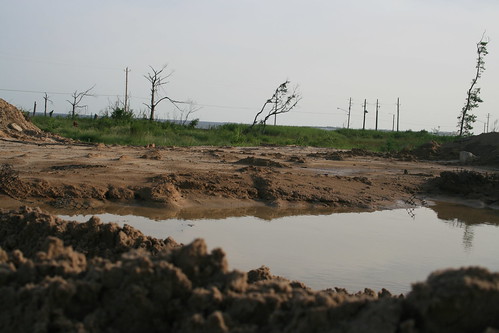
i imagine this view used to have trees and houses, perhaps commerce. it is bizarrely shocking to see a battered mcdonald's arches - frame standing but red and yellow fiberglass mostly absent - next to an empty foundation - presumably where a mcdonald's used to be. there is something monolithic and unquestionably present after branded commodity merges deeply with consumptive identity.
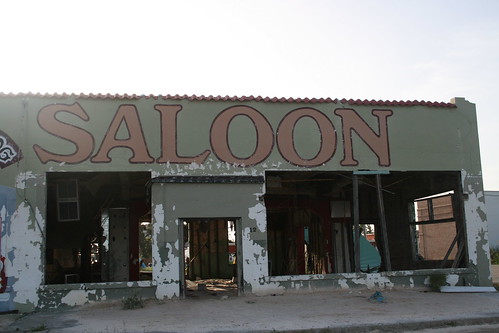
once a good time.
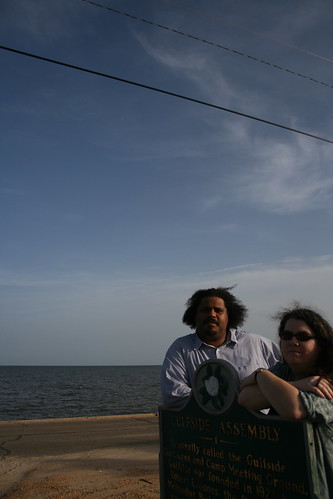
susan and derrick at the gulfside assembly historic marker, which has significance to the movement. in wikipedia, hollis watkins is quoted as saying: ""there were only three places where Blacks could meet in Mississippi during the movement— Tougaloo, Rust College, and Gulfside." also, during the jim crow era it appears that gulfside was the only place in mississippi where people of color could use the beaches or swim. (for the racial-sexual politics of swimming pools, check out the ny times article "unearthing a town pool, and not for whites only," published september 18, 2006. something similar happened to a ymca pool in montgomery, i believe, but i can't find an article).
tcci headquarters

turkey creek sign.
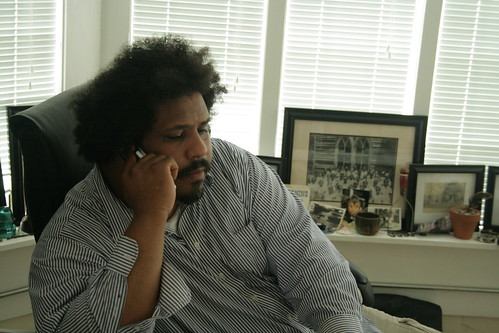
derrick evans - tcci director - doing business.
historic house #1
these are pictures of the home derrick's mom owns - eligible for the registry of national historic status. the house is in the rippy road area of turkey creek. after researching the criteria for a restoration grant, i was charged with taking pictures of the structure.
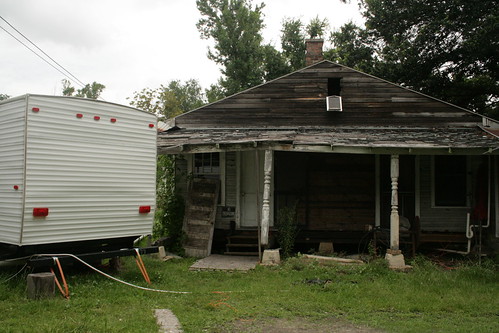
back of the house. derrick's mom currently stays in the fema trailer.
 fair enough.
fair enough.
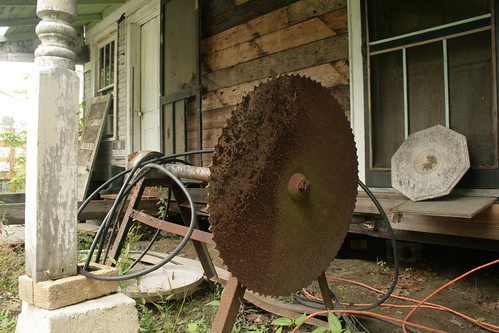 ?
?
 exterior.
exterior.
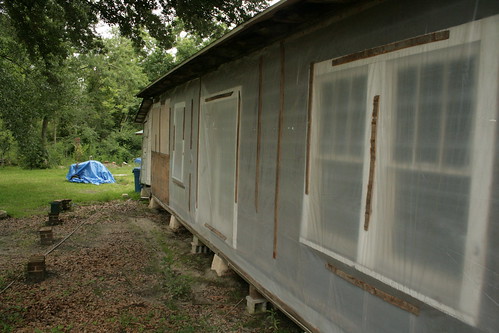 side exterior.
side exterior.
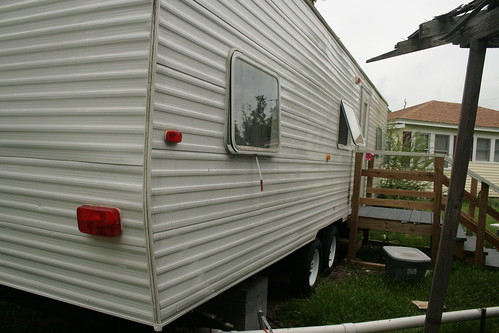 trailer again.
trailer again.
 product #1
product #1
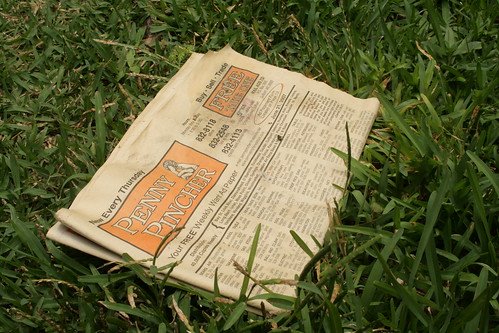 product #2
product #2
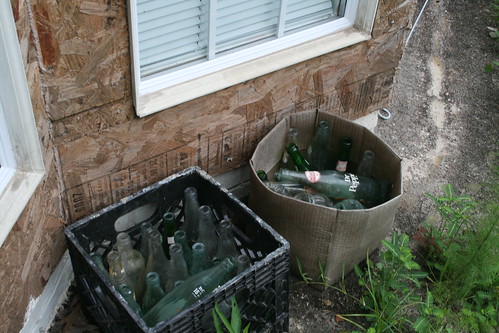 product #3
product #3
 front of the house.
front of the house.
 interior 1: surveying
interior 1: surveying
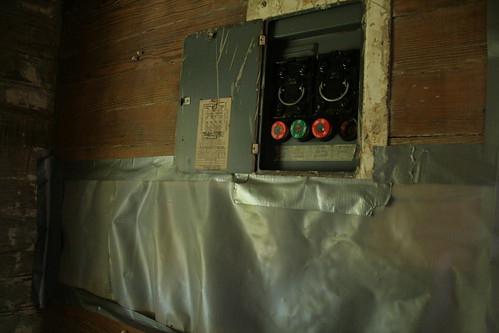 interior 2: fuses
interior 2: fuses
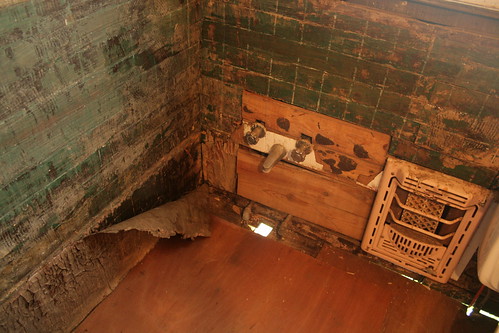 interior 3: beautiful colors in the bathroom
interior 3: beautiful colors in the bathroom
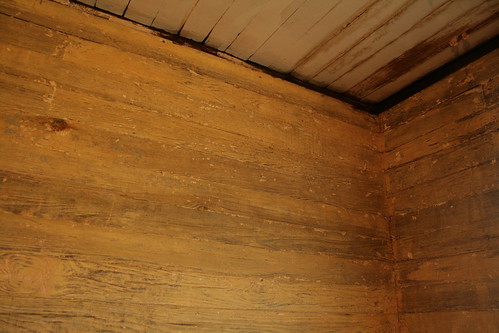 interior 4: beautiful colors on the wall
interior 4: beautiful colors on the wall
 interior 5: bathroom light
interior 5: bathroom light
 quixote's ghost
quixote's ghost
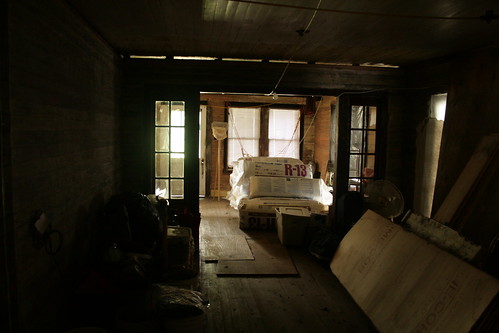 long room
long room
 all of the electricity for both houses and the trailer came through this surge protector.
all of the electricity for both houses and the trailer came through this surge protector.
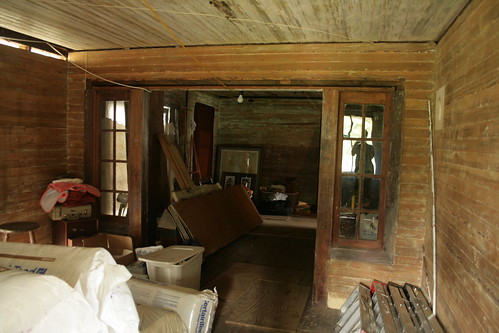 long room 2, and self-portrait
long room 2, and self-portrait
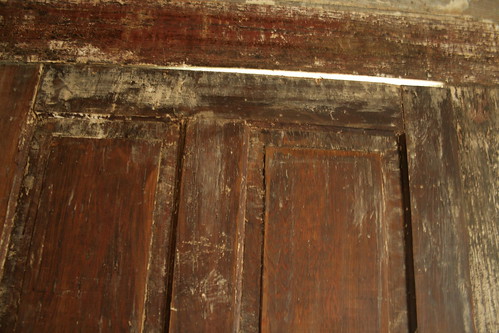 sliver
sliver
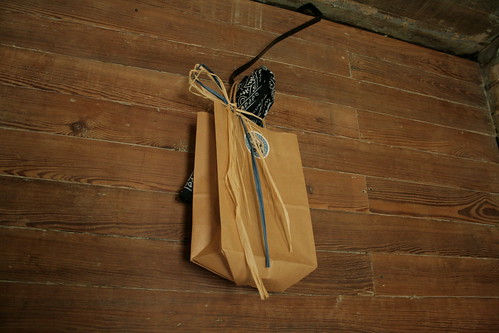 weird talisman
weird talisman

back of the house. derrick's mom currently stays in the fema trailer.
 fair enough.
fair enough. ?
? exterior.
exterior. side exterior.
side exterior. trailer again.
trailer again. product #1
product #1 product #2
product #2 product #3
product #3 front of the house.
front of the house. interior 1: surveying
interior 1: surveying interior 2: fuses
interior 2: fuses interior 3: beautiful colors in the bathroom
interior 3: beautiful colors in the bathroom interior 4: beautiful colors on the wall
interior 4: beautiful colors on the wall interior 5: bathroom light
interior 5: bathroom light quixote's ghost
quixote's ghost long room
long room all of the electricity for both houses and the trailer came through this surge protector.
all of the electricity for both houses and the trailer came through this surge protector. long room 2, and self-portrait
long room 2, and self-portrait sliver
sliver weird talisman
weird talismanhistoric house #2
this house is on creosote road - named after a byproduct from a local processing plant of some sort - derived from either the wood treating process or coal production. from wikipedia: "long-term exposure to low levels of creosote, especially direct contact with the skin during wood treatment or manufacture of coal tar creosote-treated products has resulted in skin cancer and cancer of the scrotum." (politically and financially) disenfranchised blacks provided cheap, expliotable labor for whatever plant the creosote came from (as it turns out, the gulf coast creosote company), and lived in proximity to it - thus the creosote road and the historic house on it.

front exterior.
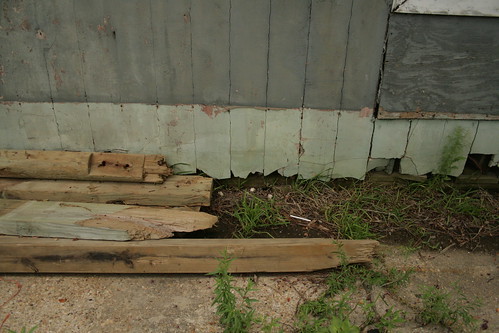
debris.
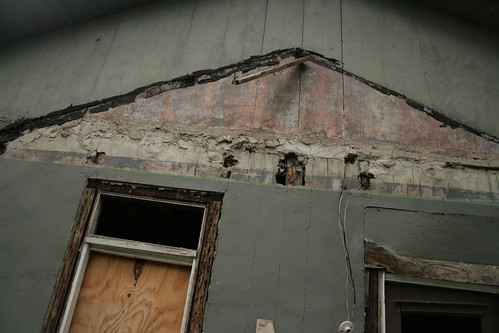
looking up from the front door.
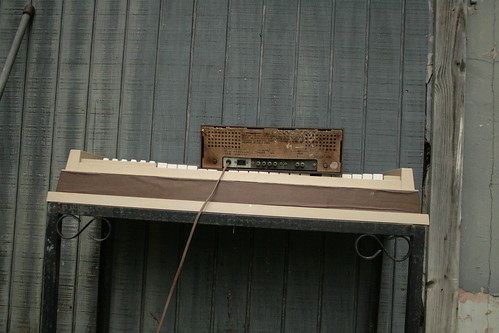 used to be music.
used to be music.
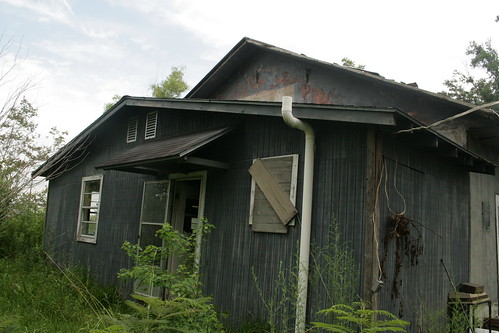 back exterior.
back exterior.
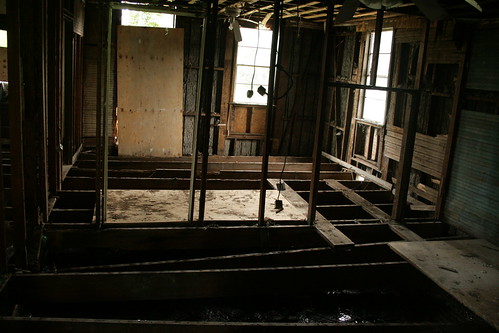 interior 1: no floor
interior 1: no floor
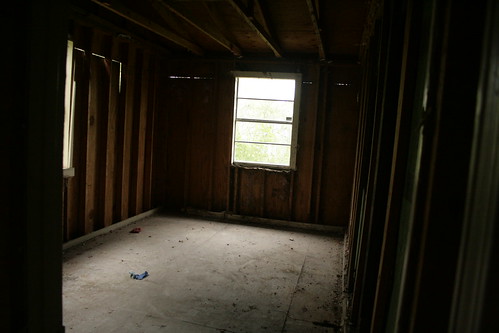 interior 2: empty room
interior 2: empty room
 weird symbol.
weird symbol.
 a hole.
a hole.

front exterior.

debris.

looking up from the front door.
 used to be music.
used to be music. back exterior.
back exterior. interior 1: no floor
interior 1: no floor interior 2: empty room
interior 2: empty room weird symbol.
weird symbol. a hole.
a hole.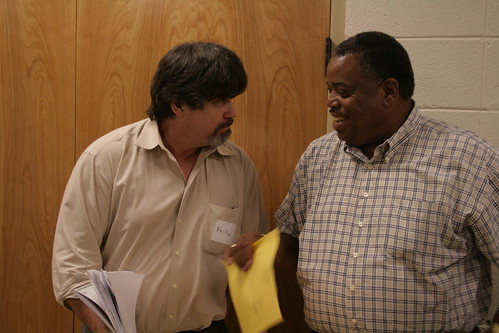

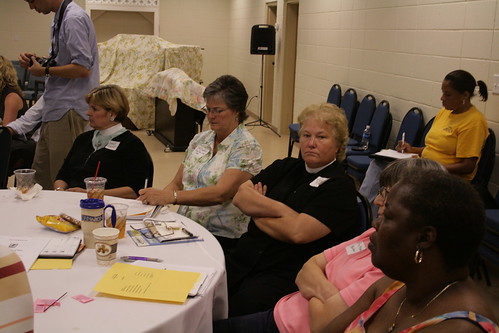


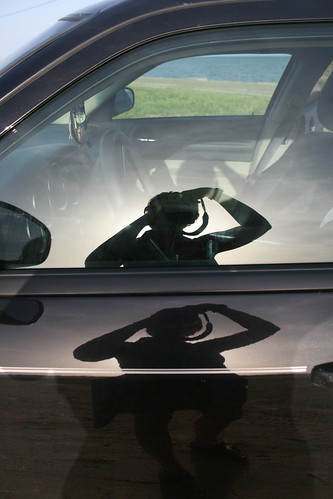
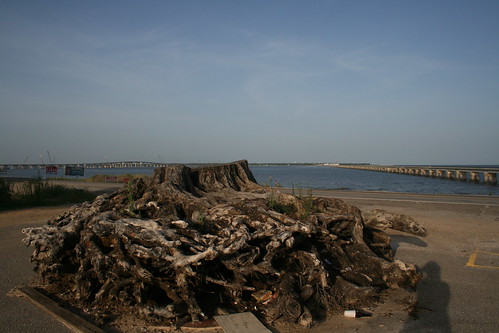

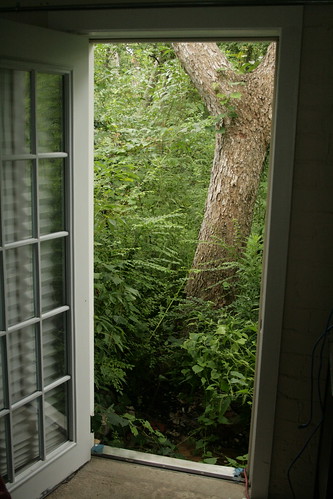

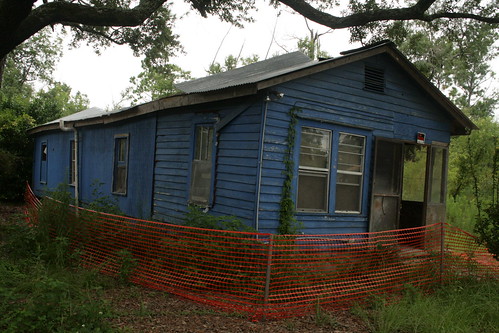
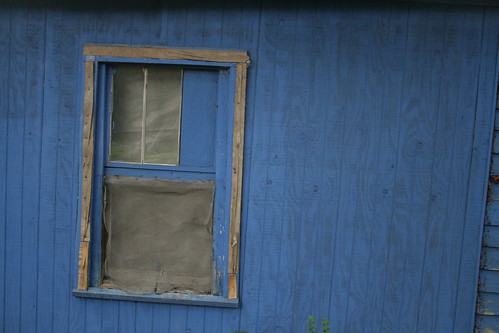
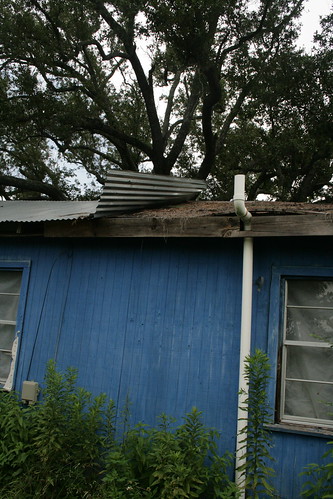
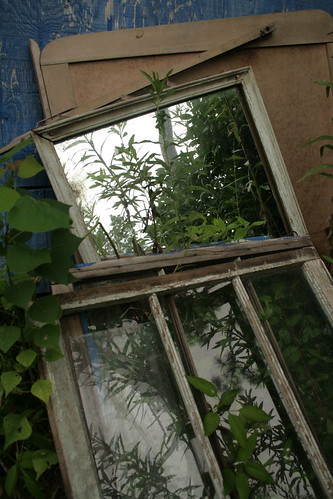
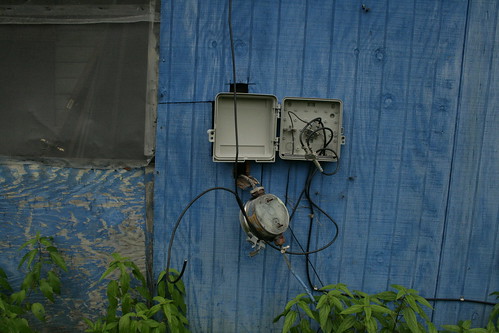
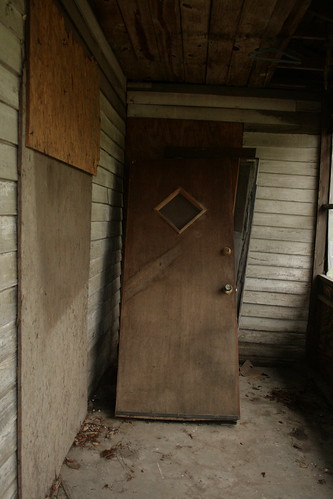
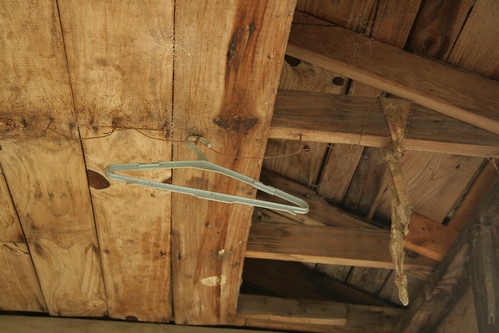
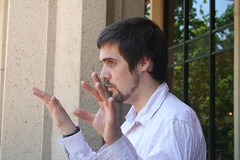
1 comment:
I was here volunteering in 2007. The "weird" symbol is courtesy of Russell Freeman, TCCI Environmental Projects Lead - you have to ask him about the meaning...
Post a Comment